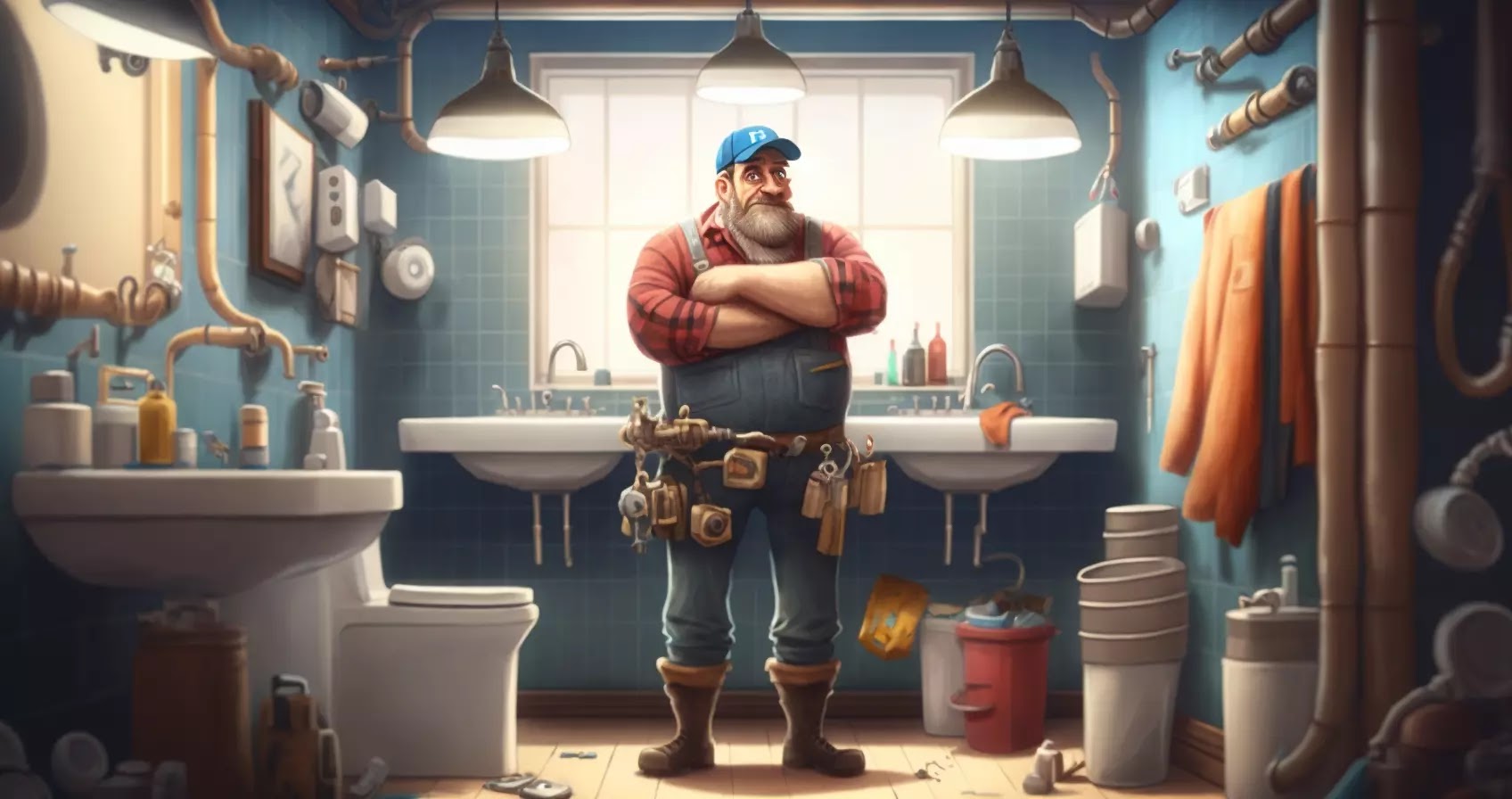In this role, you’ll have the opportunity to work on a variety of projects, from creating blueprints for buildings to designing industrial machinery.
Quick Navigation:
Reasons why you should become a drafter
Becoming a drafter can be a great career choice for several reasons. Firstly, it offers a stable and secure job as the demand for drafters is always high.
Secondly, it is a rewarding job as you have the opportunity to see your designs come to life. Finally, it is a great way to combine your creative skills with your technical abilities.

Career path of a drafter
A career as a drafter typically begins with a technical degree or certificate in drafting, design, or a related field.
Many drafters start their careers as entry-level technicians and work their way up to more senior positions. With experience, you may also have the opportunity to specialize in a particular area of drafting, such as architectural or mechanical drafting.
Career development
As a drafter, you can advance your career by taking on more complex design projects, gaining additional certifications, or pursuing a degree in engineering or architecture. You may also have the opportunity to move into a supervisory or management position.
Requirements to become a drafter
To become a drafter, you typically need a degree or certificate in drafting, design, or a related field. You should also have strong technical skills, attention to detail, and excellent problem-solving abilities.
And also, you should be comfortable working with computer-aided design (CAD) software and have a good understanding of industry standards and best practices.
Interview preparation for a drafter
When preparing for a drafter interview, be sure to showcase your technical skills and knowledge of industry standards.
Be prepared to discuss your experience with CAD software, your ability to work as part of a team, and your problem-solving abilities. Additionally, be sure to highlight any relevant certifications or degrees you have earned.
Work-life balance
As a drafter, you’ll typically work in an office setting with regular business hours. This can provide a good work-life balance, as you’ll have evenings and weekends free to pursue your hobbies and spend time with family and friends.
A day in the life of a drafter
Here’s an example of what a typical day might look like for a drafter:
| Time | Task |
|---|---|
| 9:00 AM | Check email and respond to any urgent messages. |
| 9:30 AM | Meet with project team to discuss design plans. |
| 10:30 AM | Begin working on design plans using CAD software. |
| 12:00 PM | Lunch break. |
| 1:00 PM | Continue working on design plans. |
| 3:00 PM | Meet with supervisor to review design plans and make any necessary changes. |
| 4:30 PM | Wrap up work for the day and prepare for tomorrow’s tasks. |
Wrapping up
If you’re looking for a career that combines creativity, technical skills, and problem-solving abilities, becoming a drafter may be the perfect fit for you.
With a degree or certificate in drafting, design, or a related field, you can start your career as an entry-level technician and work your way up to more senior positions.
As a drafter, you’ll have the opportunity to work on a variety of projects and see your designs come to life.






